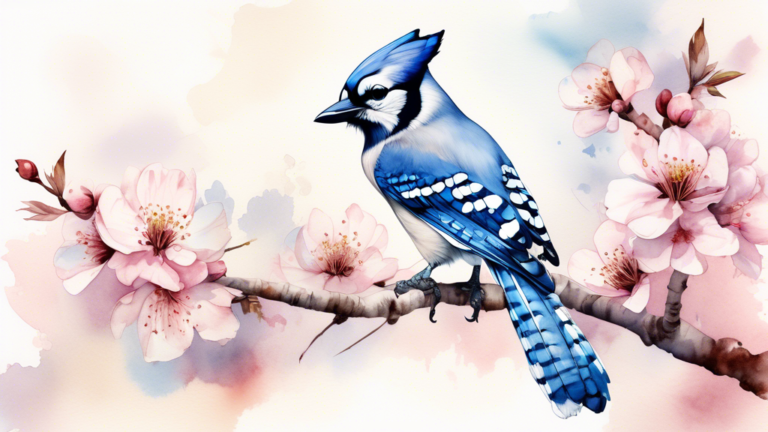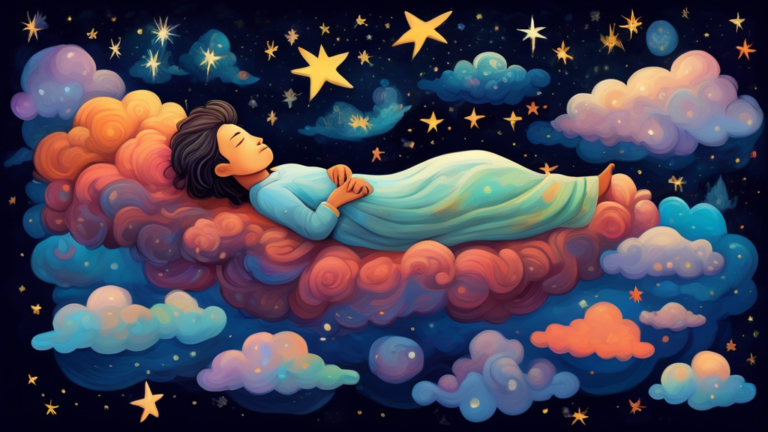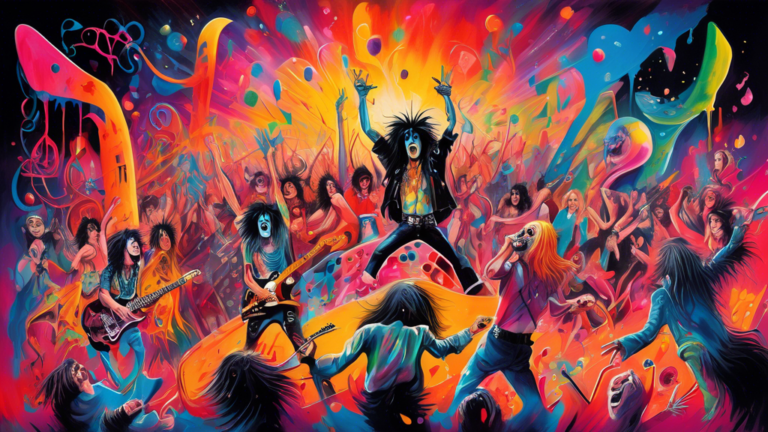Dreaming in Black and White: What It Means and Why It Happens
Understanding Dreams in Black and White
Dreams are a fundamental aspect of the human experience, mysterious and compelling in their ability to reveal the depths of our subconscious. While most people report dreaming in color, there is a small percentage who experience their dreams in black and white. This phenomenon has piqued the curiosity of psychologists and dream researchers for decades, leading to various theories and interpretations of what it means to dream in monochrome.
Historical Perspective and Psychological Theories
The Influence of Technology
One notable theory that explains why some people dream in black and white centers around historical and technological influences. Research suggests that people who grew up watching black-and-white television are more likely to dream in grayscale. This indicates that external visual stimuli can influence the coloration of our dreams. A study by psychologist Eva Murzyn at the University of Dundee supports this theory, highlighting a correlation between exposure to black-and-white media and the prevalence of monochrome dreams among older individuals.
Psychological Significance
From a psychological standpoint, the absence of color in dreams can symbolize a variety of emotions and states of mind. Some interpretations suggest that black and white dreams may reflect feelings of depression or nostalgia. Alternatively, dreaming in black and white might indicate a person’s tendency towards dichotomous thinking—seeing things in terms of extremes, without recognizing the nuances in between.
Neurological Insights
Neuroscience offers additional insights into why some individuals might experience black-and-white dreams. Although the exact mechanisms are still being explored, current understanding suggests that the activation of certain regions in the brain during sleep might influence whether dreams are colored or not. The visual cortex, responsible for processing visual information, might be less active, thus not integrating colors into dream imagery.
Symbolism and Interpretation
Black and White Symbolism
In the realm of dream interpretation, colors are often imbued with symbolic meaning. Black can represent the unknown, unconscious, or repressed aspects of the self, while white might symbolize purity, innocence, or new beginnings. A dream seen in black and white could, therefore, be interpreted as an interplay between these opposing elements, reflecting internal conflicts or a transitional phase in the dreamer’s life.
Cultural and Personal Context
It’s important to recognize that the interpretation of a black-and-white dream can vary based on cultural context and individual life experiences. For some, these dreams might carry significant personal or emotional implications, while for others, they could simply be a fleeting symptom of stress or a particular life event.
Conclusion
Although less common than color dreams, dreaming in black and white remains an intriguing phenomenon that can provide deep insights into our psychological and emotional states. Whether influenced by past media consumption, neurological factors, or deeper subconscious symbolism, these dreams act as a unique lens through which we can explore the mysterious terrain of our inner lives. Understanding why we dream this way can help us better understand ourselves, offering clues that drive personal growth and self-awareness.
Exploring the Meaning of a 3Dream Within a Dream
Symbolism and Meaning of Pearl Necklaces







